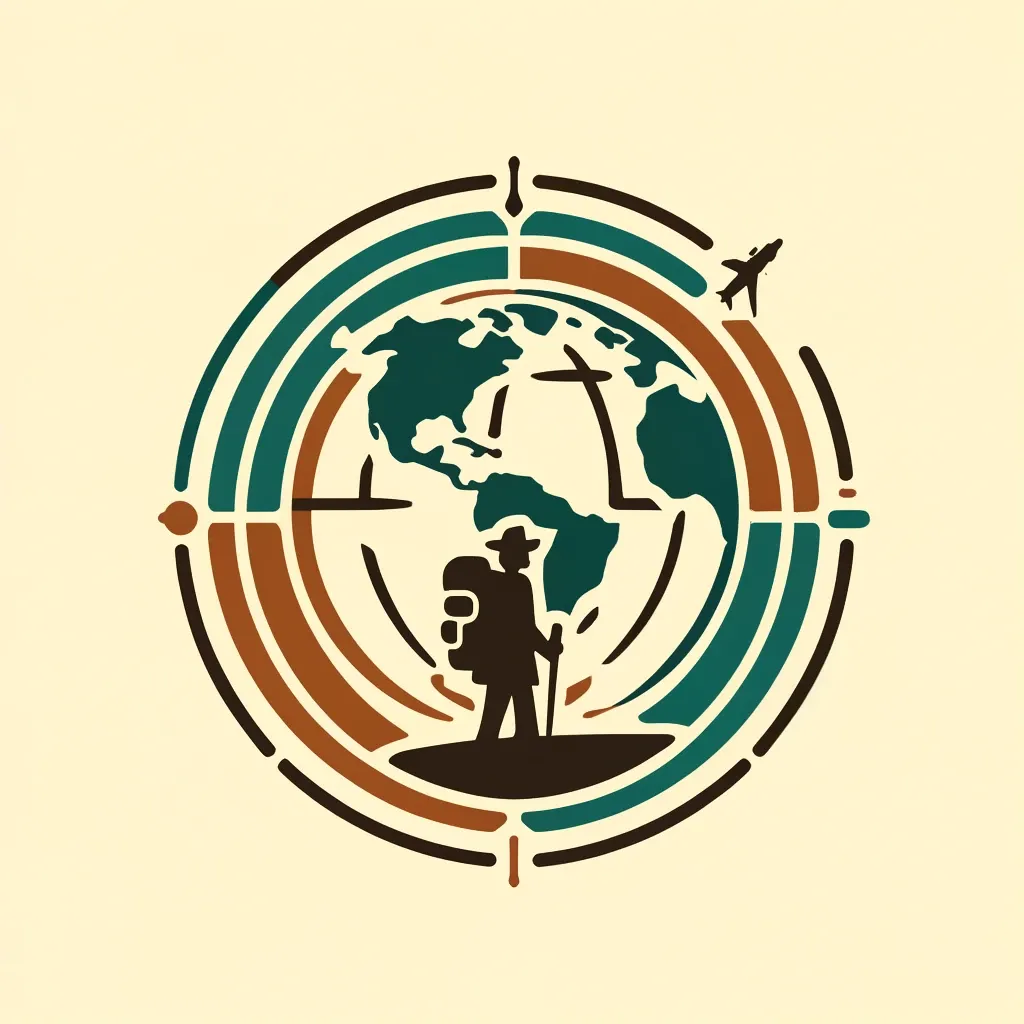Back When a Laptop on the Beach Was Still a Dream

I've spent most of my adult life outside the U.S. Back in the 1990s, I went to Mexico and Central America. By the 2000s, I was in Asia, and by the mid-2010s, I was back in Mexico on and off for a few years. Since I'm not a trust-fund baby, I had to work and earn money while traveling.
One of the go-to jobs for anyone trying to live outside the U.S. is English teaching. I could write a whole series of posts about it, and one day I might, but not today. English teaching attracts a certain type of person, yet it also brings together a diverse crowd. Everyone has their reasons for teaching English, and it's rarely because they love teaching English itself.
Most English teachers in the 1990s and early 2000s wanted a different kind of job. Working online and being a digital nomad wasn’t a common idea. The term “digital nomad” didn’t even exist, but the dream of working on a beach with a laptop already lived in people’s minds. The infrastructure just hadn’t caught up yet.
In Thailand in 2005, Wi-Fi was available and somewhat common. Battery life and access to power outlets weren’t. Home internet was even harder to get. If you were a foreigner living there, you usually went to internet cafés to get online. Doing digital nomad work that way was almost impossible, though some Thai girls managed it. They had multiple foreign boyfriends sending them money. I’m sure plenty of English teachers wished they had a setup like that.
Back then I ran a few small projects that made money online. They didn’t replace my teaching salary, but they helped. My first computer at home didn’t arrive until 2005. It was an old IBM desktop from around 2000 that I bought cheap in Thailand. But what good was a computer without internet? There was no Wi-Fi in my apartment, so I figured out how to connect my Motorola V220 phone to the computer with a USB cable and use it as a cellular modem. I learned the dialing commands in Ubuntu Linux and got it online through the phone.
You might think it was blazing fast. Nope. It was GPRS. Some people call that 1G data, but that’s not accurate. The real first-generation data was a crude, dial-up-like connection—I used that too. GPRS could hit around 5 KB per second, about as good as fast dial-up or maybe a little better. EDGE, often called 2.5G, was much faster, but my phone didn’t support it, and the network in my area didn’t have it anyway.
Around that time, I also started experimenting with SOCKS5 proxies because the Thai government had begun blocking websites. I built a SOCKS5 proxy through an SSH connection and added compression. It actually made my connection more usable. It was still slow, but it stayed stable, and I could count on a consistent speed since I was often the only person using that cell tower.
I used AIS back then because they offered a special SIM deal. If you loaded at least 300 baht, you got a massive number of free data hours each month. I bought three of those SIMs, which gave me almost unlimited data for 900 baht a month. I could even download torrents on that connection.
By 2006, I bought a laptop and used the same connection. Having a laptop let me work anywhere, at least in theory. In practice, it rarely happened because laptops back then barely lasted two hours on a charge.
With internet and hardware like that, no one could really work on a beach and earn money. Today, things are completely different. So many tools exist now to help people work online. Mobile hotspots, cloud tools, and laptops with all-day batteries make it possible. Living abroad again, I’ve started looking closely at these technologies and thinking about what makes an ideal work-abroad toolkit today. You no longer have to teach English just to stay overseas.
This post also appears on my Substack
